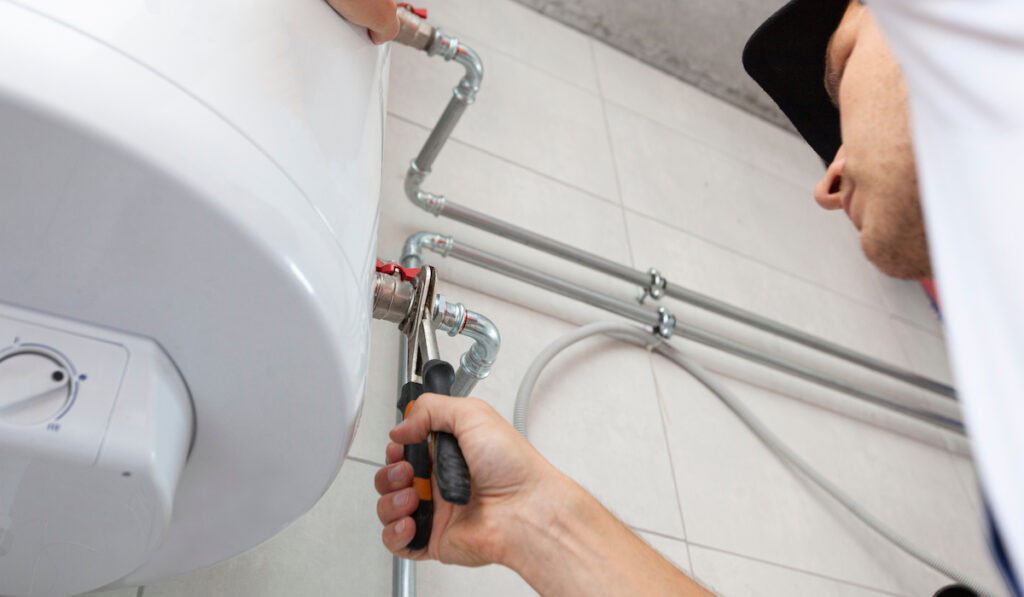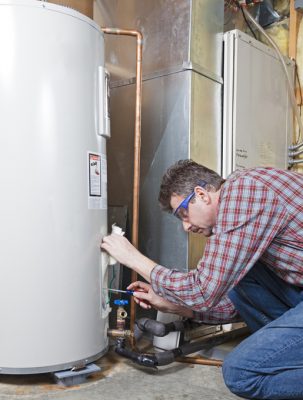Every person maintains their own unique way of thinking on the subject of Water Heater Maintenance Tips You Can't Afford to Forget.

Hot water is vital for day-to-day comfort, whether it's for a refreshing shower or washing dishes. To ensure your hot water system runs effectively and lasts much longer, routine maintenance is essential. This post provides useful tips and insights on how to keep your home's hot water system to prevent disruptions and costly fixings.
Introduction
Keeping your home's hot water system may appear complicated, but with a couple of simple actions, you can guarantee it operates smoothly for many years ahead. This guide covers everything from recognizing your warm water system to DIY maintenance pointers and knowing when to contact professional assistance.
Relevance of Maintaining Your Hot Water System
Routine upkeep not just extends the life expectancy of your warm water system yet also ensures it runs efficiently. Neglecting upkeep can lead to decreased effectiveness, greater power costs, and also premature failing of the system.
Indicators Your Warm Water System Demands Maintenance
Knowing when your hot water system needs focus can protect against significant issues. Look out for signs such as inconsistent water temperature, unusual sounds from the heating system, or rusty water.
Understanding Your Hot Water System
Before diving into maintenance tasks, it's handy to comprehend the fundamental parts of your hot water system. Usually, this includes the water heater itself, pipelines, anode poles, and temperature controls.
Regular Monthly Upkeep Tasks
Normal month-to-month checks can aid capture small problems before they intensify.
Flushing the Hot Water Heater
Flushing your water heater removes debris build-up, boosting effectiveness and lengthening its life.
Monitoring and Changing Anode Rods
Anode rods avoid corrosion inside the container. Evaluating and changing them when broken is critical.
Evaluating and Changing Temperature Settings
Readjusting the temperature level settings guarantees optimal efficiency and safety and security.
DIY Tips for Maintenance
You can execute numerous maintenance tasks on your own to maintain your hot water system in leading problem.
Checking for Leaks
Routinely evaluate pipelines and connections for leakages, as these can cause water damage and greater expenses.
Evaluating Stress Alleviation Valves
Testing the stress relief valve guarantees it works correctly and prevents too much pressure build-up.
Protecting Pipes
Shielding hot water pipelines minimizes heat loss and can conserve energy.
When to Call a Specialist
While DIY upkeep is helpful, some issues require expert knowledge.
Facility Problems Calling For Professional Aid
Examples consist of major leakages, electrical issues, or if your hot water heater is regularly underperforming.
Regular Expert Upkeep Advantages
Specialist maintenance can include thorough assessments, tune-ups, and making certain conformity with safety requirements.
Verdict
Regular maintenance of your home's warm water system is essential for effectiveness, longevity, and expense financial savings. By following these suggestions and recognizing when to seek professional assistance, you can guarantee a trusted supply of warm water without unforeseen interruptions.
Water Heater Maintenance: The Basics
Maintaining your water heater will ensure it operates efficiently and has a longer lifespan. Neglecting regular maintenance can lead to costly repairs and an even bigger chunk of your savings if you have to replace it sooner than necessary. But there’s good news: Most water heater maintenance tasks are relatively simple and easy for homeowners with basic DIY skills.
Flush the Water Heater
Over time, sediment and minerals can build up in the tank, reducing its efficiency and potentially causing damage. To flush the tank, turn off the power or gas supply, attach a hose to the drain valve near the bottom and open the valve to drain the water until it runs clear. Ideally, flush the tank annually.
Replace the Anode Rod
The anode rod is a sacrificial metal rod that helps prevent corrosion inside the tank. Inspect and replace it every three to five years or per the manufacturer's recommendation. To replace the anode rod, turn off the power or gas supply, drain a few gallons of water from the tank, unscrew the old rod and replace it with a new one. If the anode rod is significantly corroded or covered in calcium buildup, it's a sign the water heater may need to be replaced soon.
Tune-Up
A yearly tune-up can help identify potential issues and ensure your water heater operates at peak efficiency. This typically involves checking the thermostat, burner assembly (for gas heaters) and any other components specified by the manufacturer. During a tune-up, the technician may also clean the burner and adjust the pilot light (for gas heaters) or examine the heating elements (for electric heaters).
How to Maintain Your Water Heater
Insulate the tank. Insulating the tank can improve energy efficiency and reduce heat loss, saving you money on energy bills. You can purchase precut insulation blankets designed specifically for water heaters or use standard fiberglass insulation wrapped securely around the tank. Check the temperature. The recommended water temperature for most households is around 120 degrees Fahrenheit (49 degrees Celsius). Higher temperatures can increase energy costs and potentially cause scalding. Use a kitchen thermometer to check the temperature at the faucet nearest the water heater. Monitor water pressure. Excessive water pressure can strain the water heater and cause leaks or even tank failure. Install a pressure-reducing valve if necessary. The ideal water pressure range is between 60 and 70 PSI (pounds per square inch). Test the temperature and pressure (T&P) relief valve. The T&P relief valve is a safety feature that releases pressure if the tank gets too hot or the pressure builds up too high. Test it annually by lifting the lever and allowing a small amount of water to release. Replace the valve if it doesn't release water or reseal properly. Check for leaks. Regularly inspect the tank, pipes and fittings for leaks or corrosion. Deal with issues promptly to prevent further damage. Even a small leak can lead to significant water damage over time. Consider a tankless water heater. If your traditional tank-style water heater is nearing the end of its lifespan ( typically 10 years), consider replacing it with a tankless water heater. These units heat water on demand, reducing standby energy losses and potentially saving you money on your energy bills. Schedule professional maintenance. While homeowners can perform many water heater maintenance tasks, it's still a good idea to schedule professional maintenance every few years. A plumber or HVAC technician can thoroughly inspect the unit, identify potential issues and ensure it operates safely and efficiently. https://www.homeserve.com/en-us/blog/home-improvement/hot-water-heater-maintanence/

I hope you liked our part about Water Heater Maintenance Tips You Can't Afford to Forget. Thanks a ton for finding the time to browse our piece. Enjoyed our content? Please share it. Help other people locate it. Thank you for your time spent reading it.
Get A Free Quote